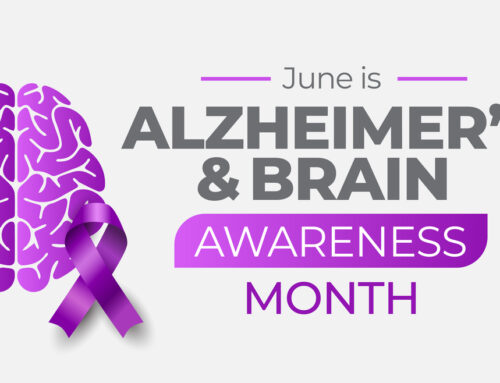Updated June 19, 2022
Haven’t we all heard a song or seen a painting that brings us back to a certain point in time? Whether it reminds us of first love, a family holiday, or a day at a favorite museum, beautiful memories can trigger certain feelings and emotions. But for people with Alzheimer’s or Dementia, the luxury of memory is often completely gone. One of the most devastating parts about these illnesses is watching the person you knew and loved transform into an entirely different version of themselves. Speaking can become almost impossible for the patient suffering, and forgetting friends and family is a common part of the disease progression.
But what if you could reconnect with your loved ones by simply playing their favorite song? Or enable them to express themselves through painting? That’s the promise of music and art therapy, and the results can be incredible. People who have not been able to communicate for years are suddenly transported back to a previous time in their life and almost reawaken. So, why does artistic expression help them reconnect with the world around them? FirstLantic explores the topic and how it can help patients and their families.
Art or music therapy aims to improve a patient’s sense of personal well-being. During an art or music session, a therapist uses a person’s artistic self-expression and innate ability to create art to enrich and increase their physical, mental, and emotional wellness.
The benefits include:
- Increases social interaction
Visiting a museum, playing music together, or working on an art project creates a shared experience and allows patients to feel a connection with others around them.
- Enables communication with others
Creating art as therapy may help patients because these diseases generally spare, to a large extent, the areas of the brain associated with creative expression and emotions. Art allows the patient to express themselves differently.
- Decreases anxiety and depression
As a patient’s verbal communication skills decrease, they can become isolated and experience frustration. Art therapy provides a means of venting negative emotions and gives the patient more control, improving their quality of life.
- Improves cognitive skills
Art therapy can lead to a recollection of certain memories that were seemingly lost, and some patients are even able to speak about them. Singing is particularly beneficial, especially in the early stages of Alzheimer’s. A study discovered that people living with Alzheimer’s could better remember new information when it was provided in the context of a song. Painting has also been shown to offer transformative experiences for patients and a recent movie called “I Remember Better When I Paint” depicts numerous examples.
- Increases physical coordination
Playing a musical instrument or painting can improve coordination and motor skills.
- Exercises the brain
Deciding what media to use, what to draw or paint, or what song to play all provide mental exercise. An art project can represent a stimulating challenge to be met, increasing orientation and awareness.
Summary
Throughout human history, art has been a means of self-expression and a way to connect with others. From that perspective, it seems logical that artistic expression can stimulate their senses, trigger emotional responses, and enable communication for those suffering from memory loss or who can no longer verbally communicate. While more research is necessary to fully understand why art and music therapy are so beneficial to Alzheimer’s patients, there is no doubt that they can positively impact their quality of life.
For more information about FirstLantic’s home care services, click here.
To read more FirstLantic blogs, click here.
 AVAILABLE 24 HOURS A DAY/7 DAYS A WEEK
AVAILABLE 24 HOURS A DAY/7 DAYS A WEEK Careers
Careers







